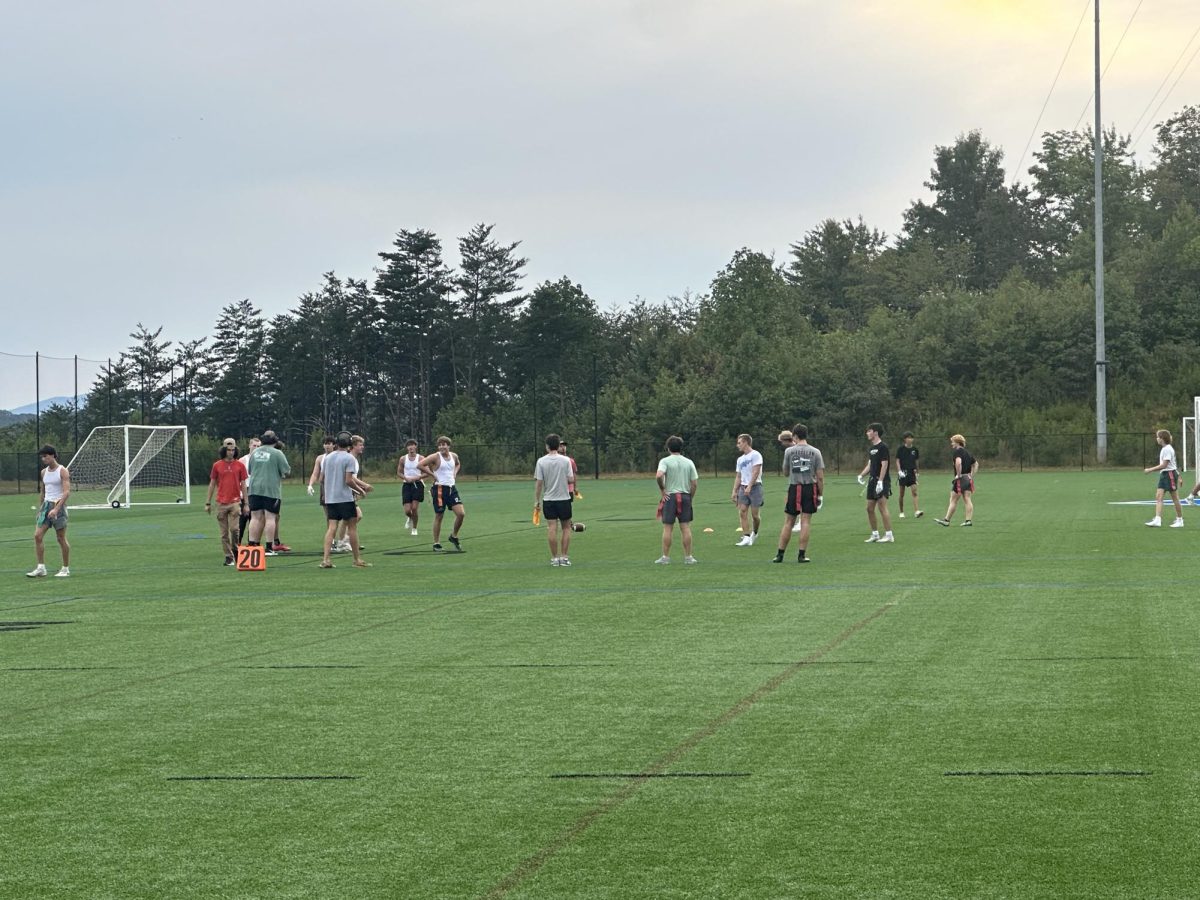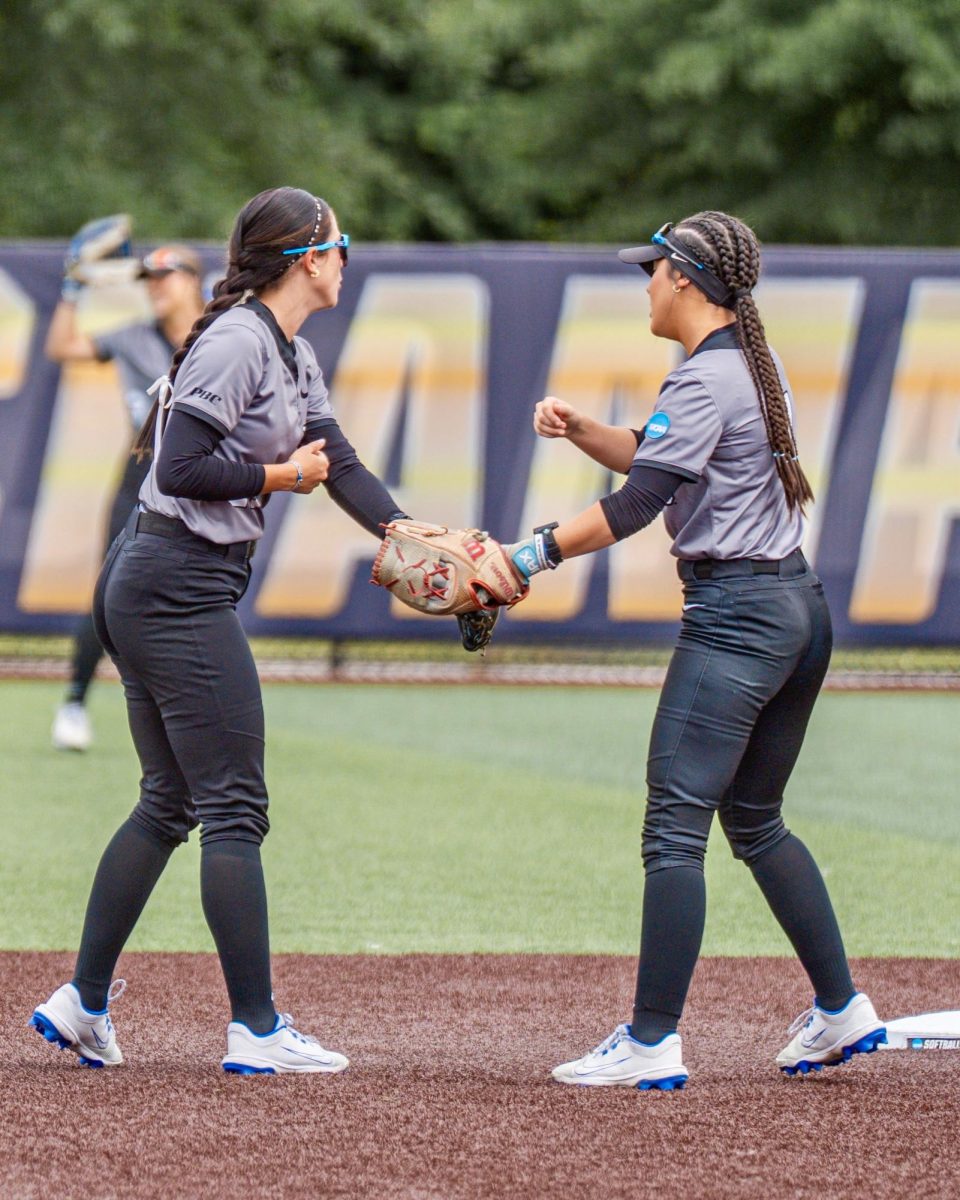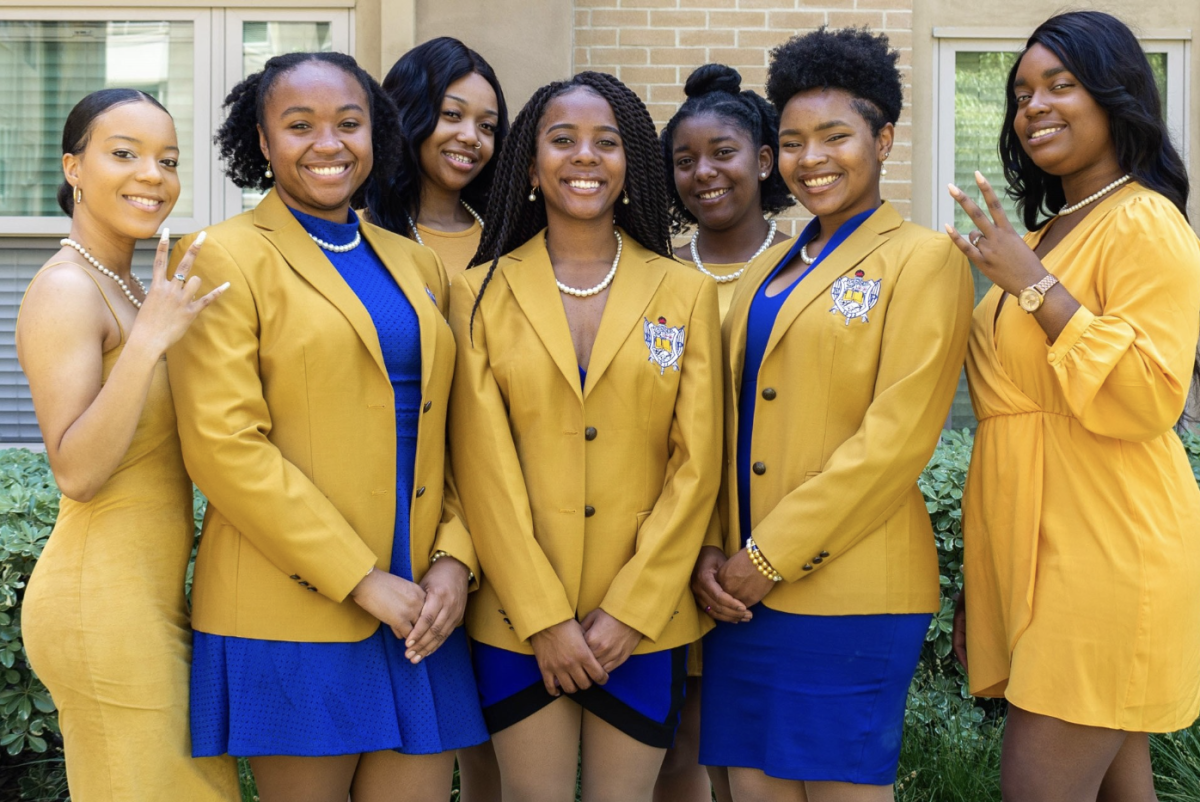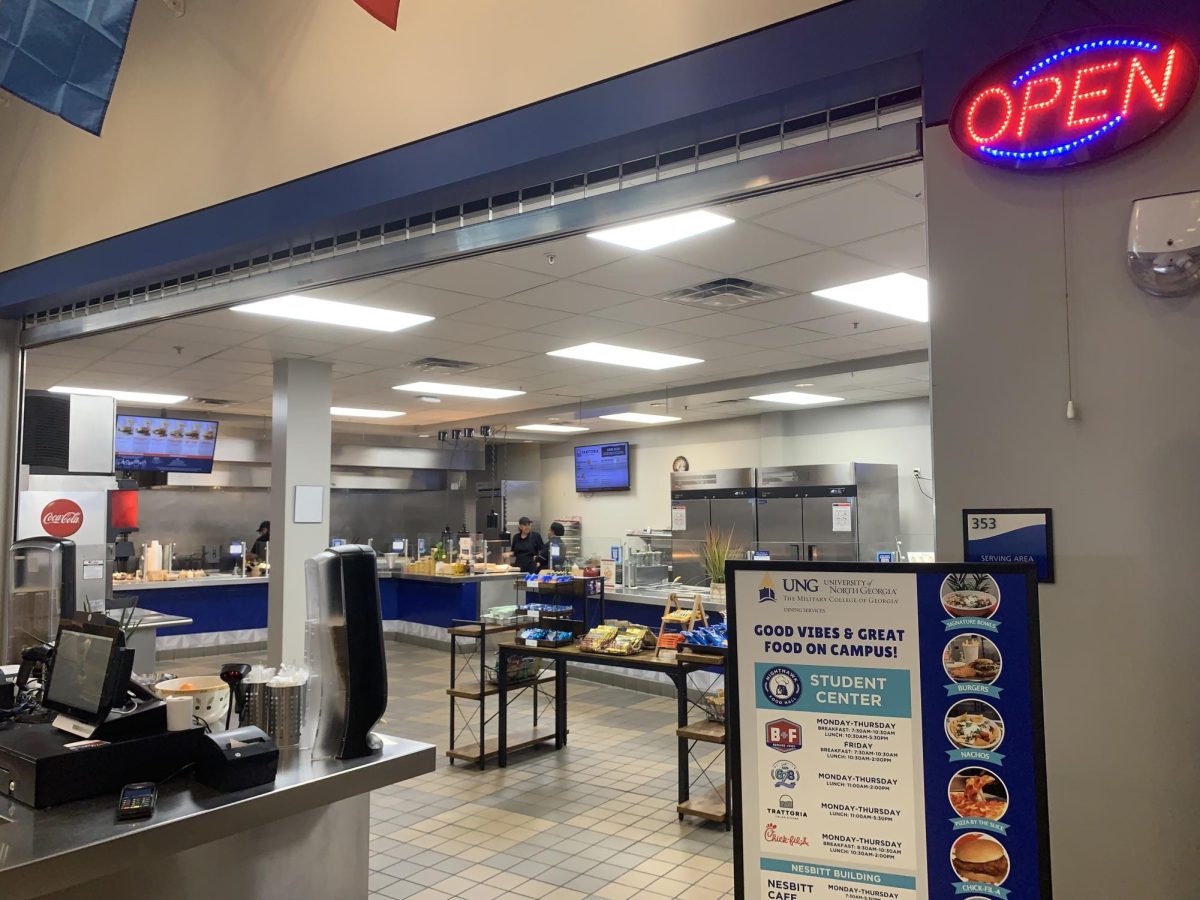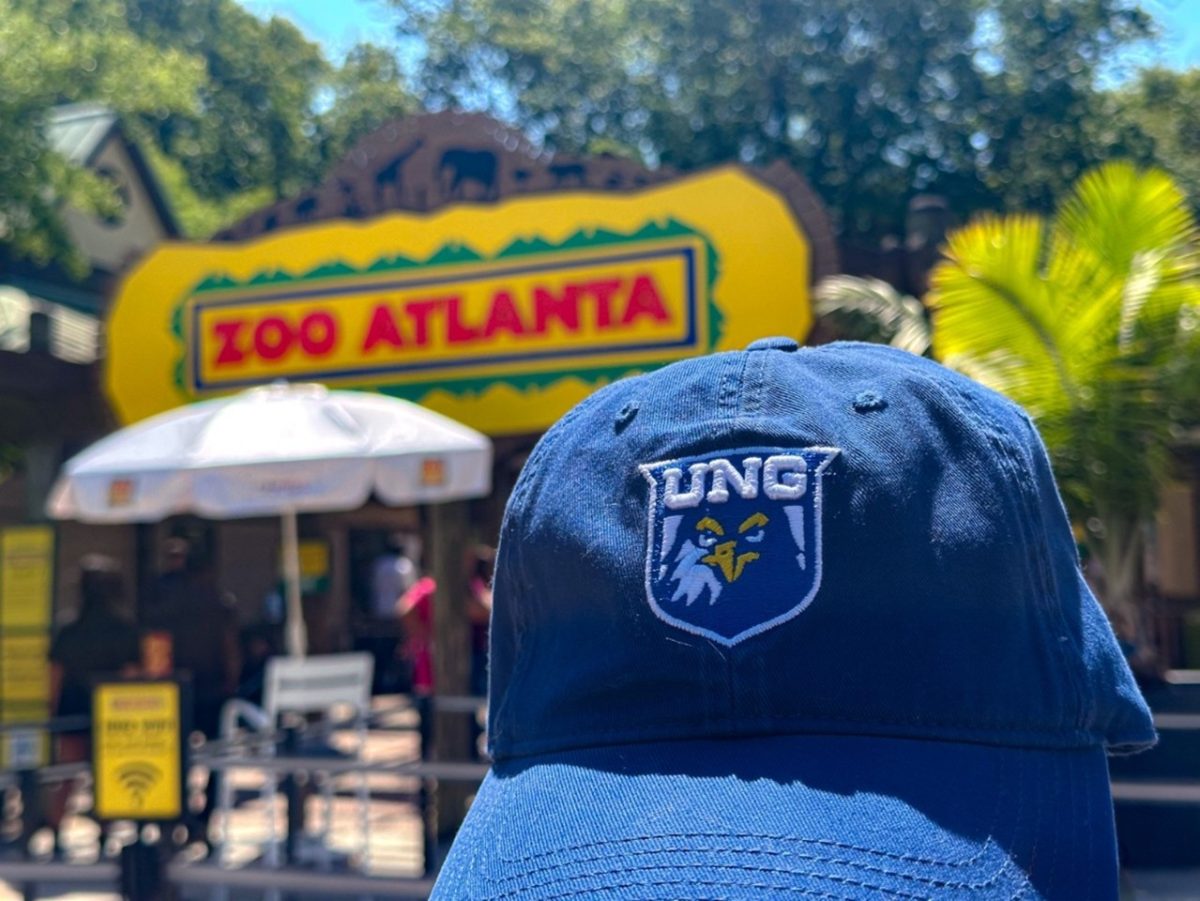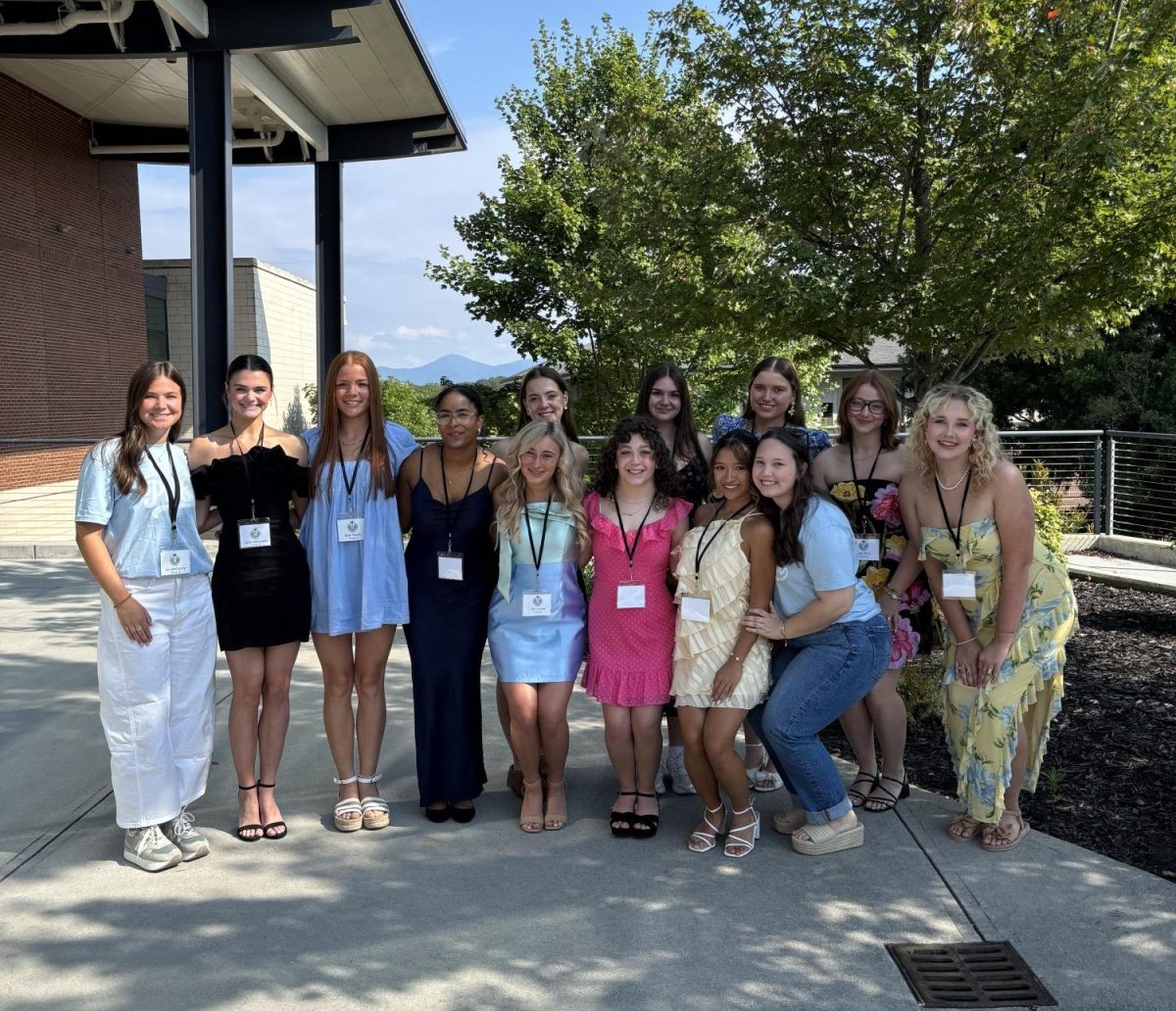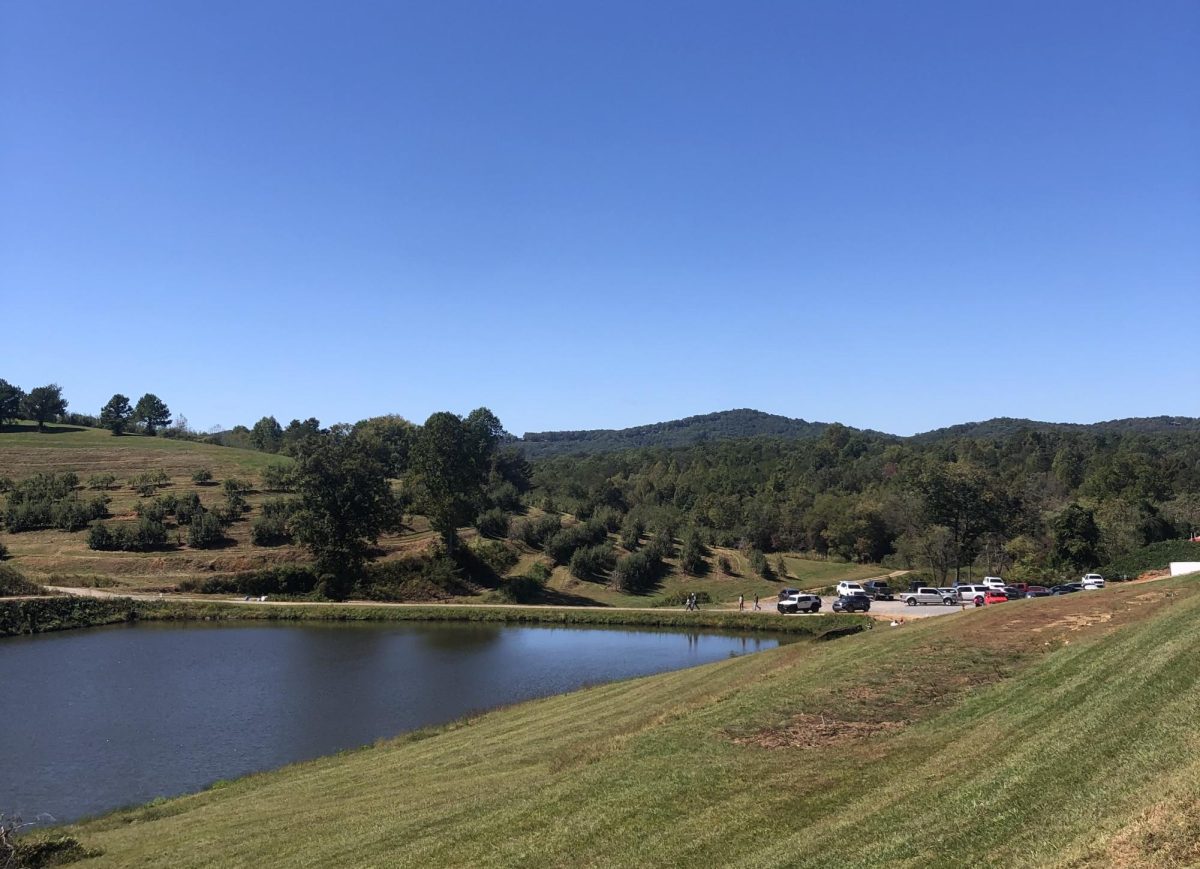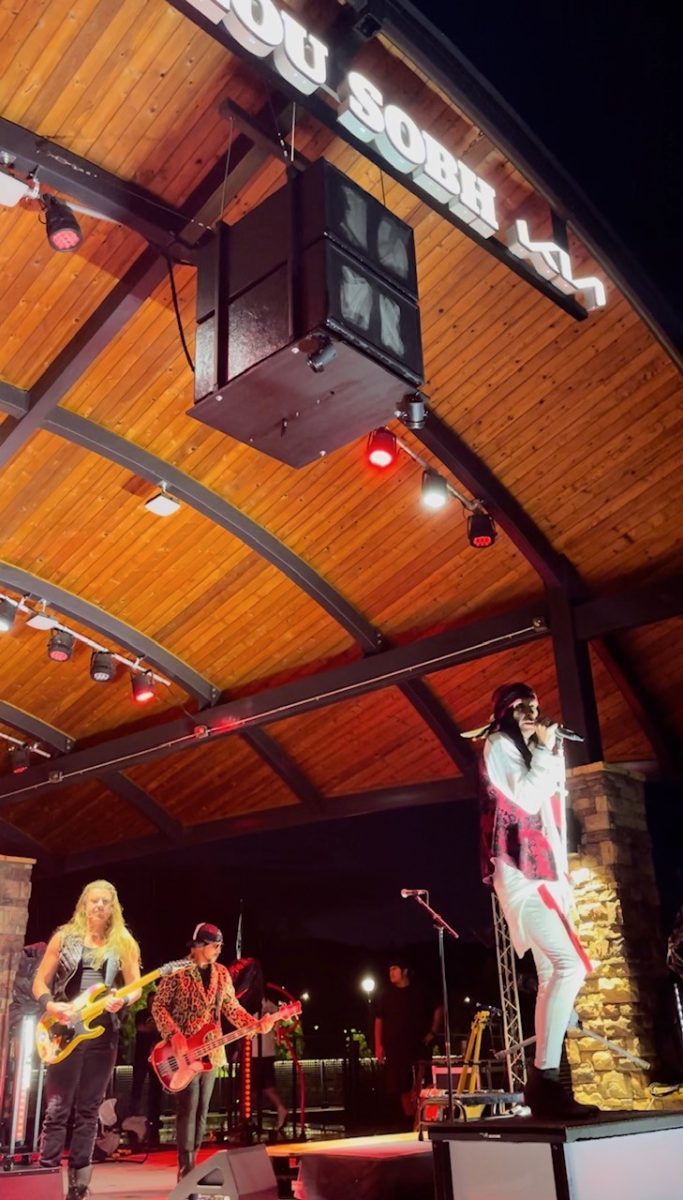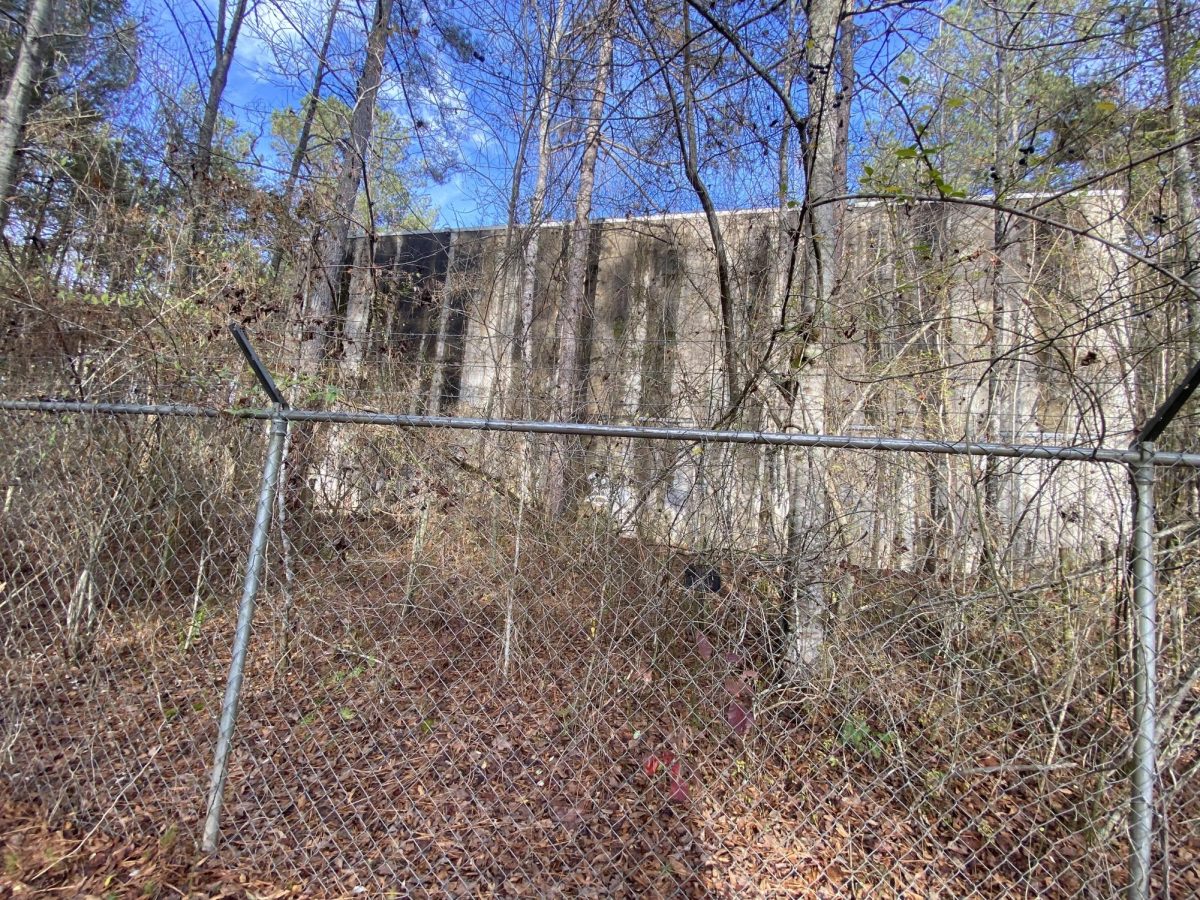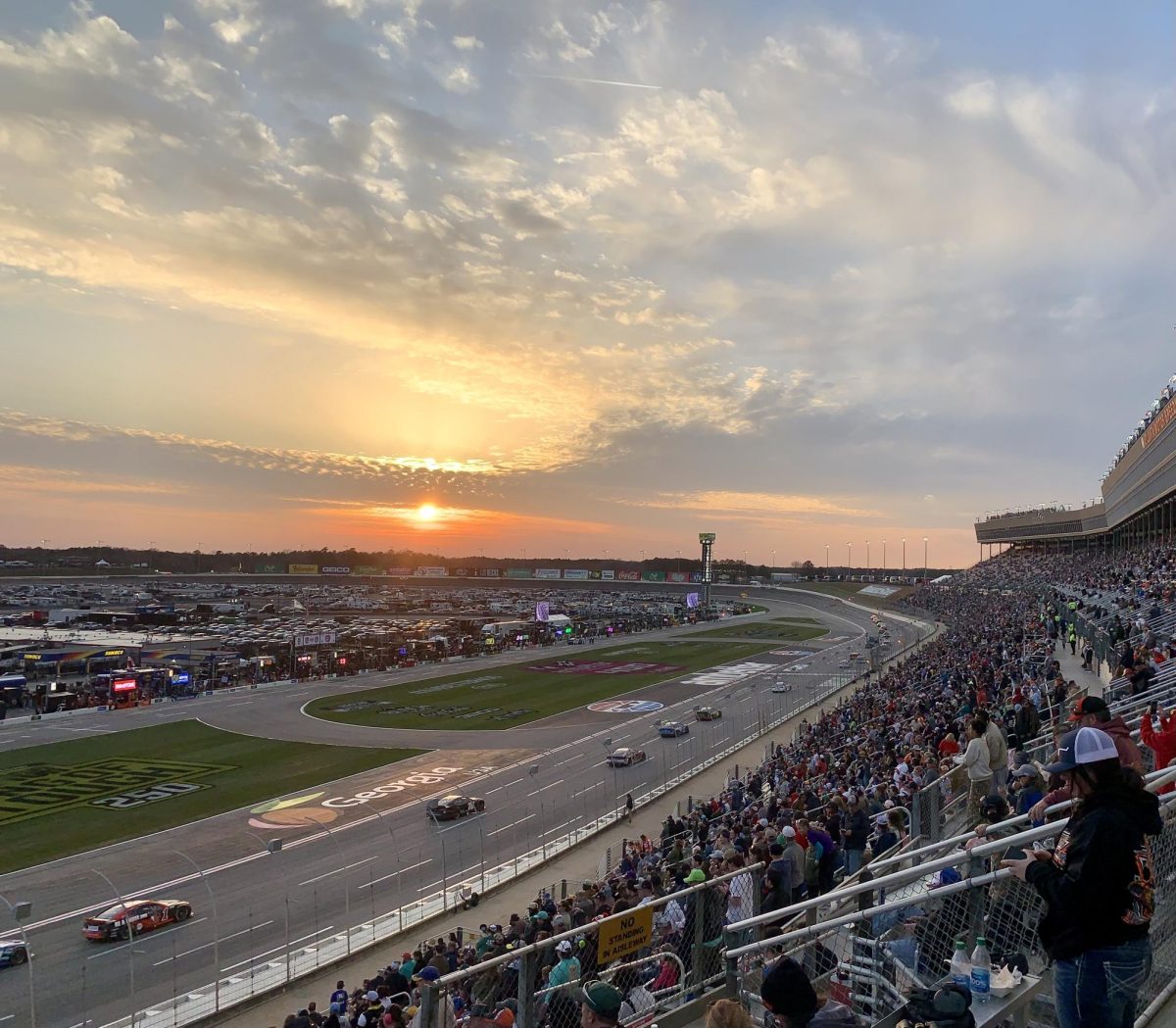Concealed in Dawsonville, Georgia, surrounded by chain-link fence and rumors of secret nuclear experiments, subterranean tunnels and mutated animals is a relic of the nuclear era.
The backstory
In October 1955, the Marietta, Georgia Division of Lockheed Martin obtained an agreement with the United States Air Force to create, construct and utilize a radiation laboratory in a forest in Dawsonville, according to Ralph Cromer, in A History of The Georgia Nuclear Laboratory, Dawson County, Georgia.
Cromer’s document says the facility was built on 10,000-plus acres of forested, mountainous land that neighbors the Etowah River and sits just six miles from the city of Dawsonville off Highway 9. The structure was named Air Force Plant No. 67, and the estimated cost of the contract was around $14 million.
In the 1970s, Georgia Tech’s nuclear engineer and author, Dr. James Mahaffey, gathered research on Dawson Forest’s top-secret Georgia Nuclear Aircraft Laboratory and in 2017, he published his book Atomic Awakenings. Mahaffey wrote, “The purpose of the laboratory was to find the effects of intense, long-term gamma neutron radiation produced by an unshielded nuclear reactor on materials, aircraft subassemblies, and living things.”
Jim Johnson, a recently retired Wildlife Technician with the Georgia Department of Natural Resources says, “The facility was originally planned to test nuclear-powered aircraft. It was the only site in the United States designed to test the effects of radiation in the open air. The tests determined that they could not protect the flight crew from the [aircraft] radiation.”
Johnson says, “The laboratory started from scratch. There were two reactors. The main one had nuclear effects on a 10-megawatt unshielded reactor, and the second one was an 80-watt reactor.” Mahaffey describes the reactors in his book. The first was the Radiation Effects Facility reactor which existed as a “water 10-megawatt, resting 30 feet underground in a vertical concrete shaft filled with shielding water.” Mahaffey says the second reactor named the Critical Experiment Facility, or “staging reactor.” It had an identical blueprint as the first reactor and was only restricted to 80 watts of power. The reactor was later sent to Georgia Tech. Johnson says it was later moved to Savannah before the Olympics were held in Atlanta in 1996.
Mahaffey’s book states, “During a materials test run, the reactor was raised out of the shaft to 10 feet above the ground by a remote-controlled hydraulic ram, and it would blast everything within a circle 1,000 feet around the reactor with a lethal dose of radiation.”
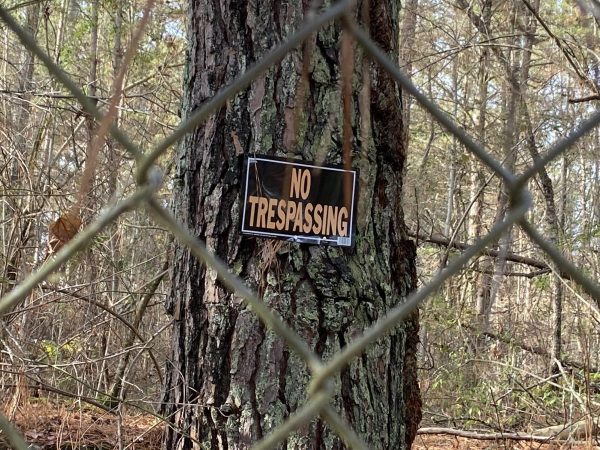
The rumors
“There are rumors that Dawsonville locals in the 1960s reported seeing mutated wildlife in the area, such as a 3-eyed deer,” said Brittany Bowes, a writer with Narcity. Bowes says it is crucial to keep away from the bunkers, as the water, and chemicals might still be in the area.
Bowes said, “Some of the remnants include a reactor, train house, railroad, seepage pit, radiation effects laboratory, hot cell building and nuclear support laboratory. There have also been underground bunkers spotted, where workers would hide to protect themselves when the nuclear testing occurred.”
Johnson said the buildings today have holes filled with concrete large enough that former military jeep entrances and underground tunnels are now filled with water from flooding and concrete. The major concern is that the tunnels will possibly crumble someday. “The area has tall fencing and No Trespassing signs. Cameras protect the fenced area along with the forestry department.”
Are the 50-plus-year rumors of seeing two-headed mutated animals like deer or snakes and scrutinizing trees true? Johnson chuckled and replied, “No. These are just old wives tales.”
“In 1970, Lockheed decided it was no longer profitable to be involved in their Dawson County site,” said Johnson. By 1971, the company deconstructed the facilities, leaving only some buildings. Johnson said the land was sold to the city of Atlanta which at the time was considering plans to build a second airport.
The current state
The site is now a source of curiosity, peace and recreation for many. Cumming resident Julie Cobb says, “After moving to North Forsyth County seven years ago, I began to explore the beautiful areas and unexpectedly found a mysterious region that fifty-plus years ago constructed a laboratory inside the forest. I saw chained fences and portions of buildings throughout the metal barriers.”
Johnson says, “Today, Dawson Forest is a wildlife foundation. It’s open to the public to use for horseback riding, hiking and hunting.”







